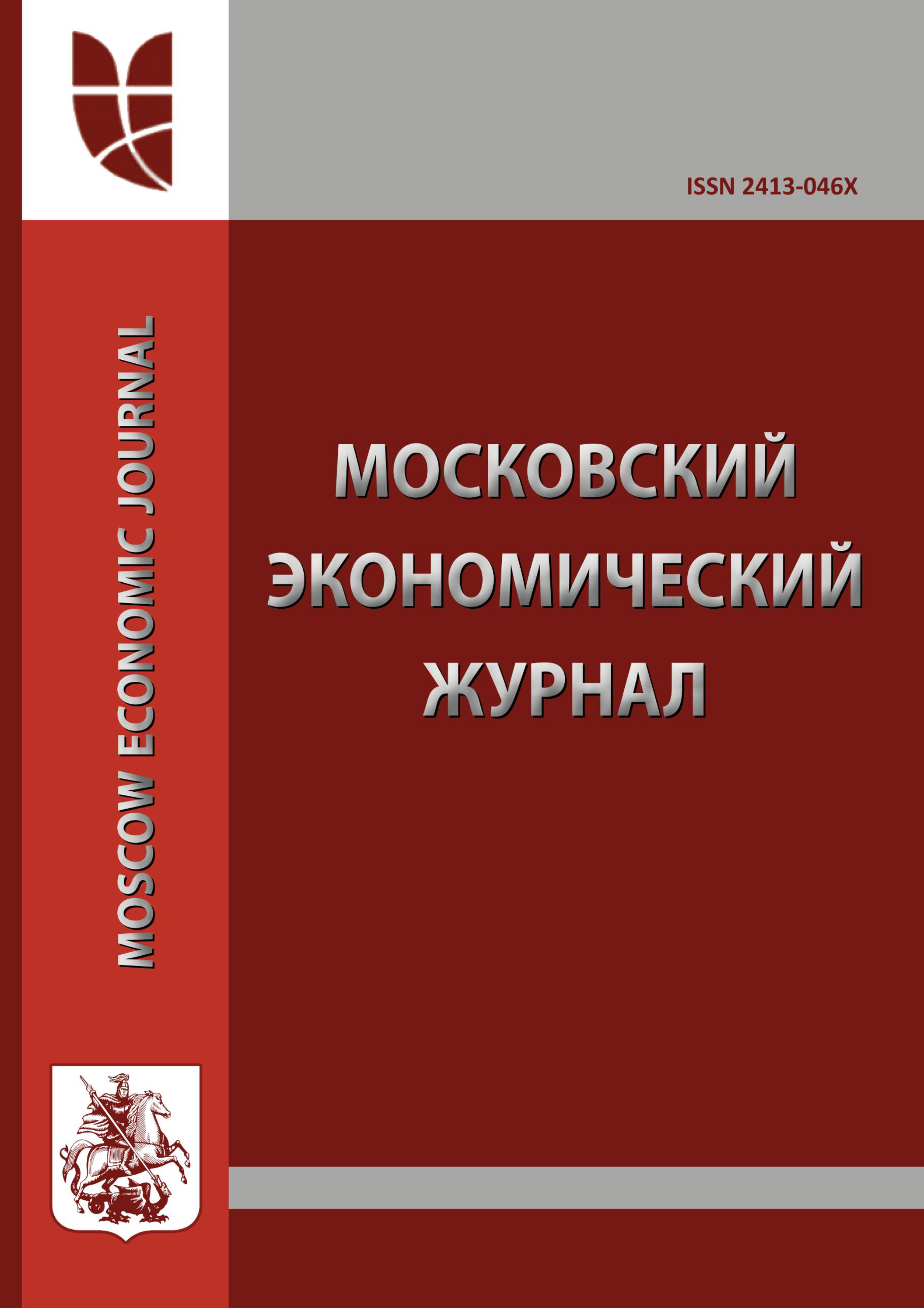Россия
Почти 70 лет назад, лингвистом из Гарварда Джорджем Ципфом был сформулирован эмпирико-математический закон, отражающий для любого естественного языка связи типа «ранг - частота»: слова весьма протяженного текста (в потенциале - языка), если лексикографически упорядочить их по используемости, то у слова ряда с номером n частота будет «почти» обратно пропорциональна рангу, числу n. В частности, второе по частотности слово будет встречаться вдвое реже первого, третье - реже первого и второго и т.д. На основе применения Закона Ципфа проведен анализ web-страниц сайтов на предмет естественности.
закон Ципфа, контент-маркетинг, интернет-маркетинг, поисковая оптимизация
1. Zipf G.K. Human behavior and the principle of least effort. 1949.
2. Bentz C., i Cancho R.F. Zipf's Law of Abbreviation as a Language Universal. Universitätsbibliothek Tübingen, 2016.
3. Newman M.E. J. Power laws, Pareto distributions and Zipf's law // Contemporary physics. 2005. Т. 46. №. 5. С. 323-351.
4. Gabaix X. Zipf's law for cities: an explanation // The Quarterly journal of economics. 1999. Т. 114. №. 3. С. 739-767.
5. Li W. Random texts exhibit Zipf's-law-like word frequency distribution // IEEE Transactions on information theory. 1992. Т. 38. № 6. С. 1842-1845.
6. Шрейдер Ю.А. О возможности теоретического вывода статистических закономерностей текста (к обоснованию закона Ципфа) // Проблемы передачи информации. 1967 Т. 3. № 1. С. 57-63.
7. Яблонский А.И. Математические модели в исследовании науки. 1986.
8. Закон Ципфа https://ru.megaindex.com/support/faq/zakon-zipfa
9. Adamic L.A., Huberman B.A. Zipf's law and the Internet // Glottometrics. 2002. Т. 3. № 1. С. 143-150.
10. Kanwal J. et al. Zipf’s Law of Abbreviation and the Principle of Least Effort: Language users optimise a miniature lexicon for efficient communication // Cognition. 2017. Т. 165. С. 45-52.
11. Закон Ципфа https://ru.megaindex.com/support/faq/zakon-zipfa
12. PreLanding page http://informatsionniy-vestnik.com/articles/novaya-2-nedelnaya-formula-avtomaticheskogo-izucheniya-inostrannykh-yazykov-r/
13. Landing page http://posledniye-novosti-mira.com/vy-nachnyote-govorit-na-inostrannom-yazyke-v-techeniye-2-nedel/
14. Тошнота_текста https://wiki.advego.ru/index.php/Тошнота_текста
15. Иосиф Ольшаницкий. Где применяется закон Ципфа? http://www.proza.ru/2016/11/05/859











